Leave Application for Work


A leave application is a letter to apply for a leave of absence from work by the employee due to some personal reasons. This is the standard practice for most businesses, giving the employer time to prepare for the absence (seeking a temporary worker or a substitute if required), and to demonstrate the responsibility, thoughtfulness and professionalism on the part of the employees.
Try to give your notice as early as possible. If advance written notice cannot be given to the employer (e.g. sick leave application), it would also be good courtesy to call in as soon as possible to allow the employer to make any necessary arrangements. An effective and early leave application will increase your chance of approval by your employer, maintain your position at work, minimise any disruptions and your workload when you return, and may even have an impact on your long-term career.
The following are some common types of leave applications:
Check your entitlements.
Most companies provide employees with vacation benefits in excess of the minimum number of days per annum (i.e. every 12-month period) as mandated by law. The number of days or period of time for leave provided may be different depending on your seniority and the number of years that you have worked for the company. You should check with your company's human resources department about whether you are one of the eligible employees before making a casual leave application. In addition, some companies provide for special leaves for occasions such as family leave (e.g. marriage, birth of a child and death of a family member), medical leave or even volunteering work. These are voluntary incentives provided by employers. Your jurisdiction may also have family and medical leave laws that allow employees to be absent from work based on their entitlements to family and medical leave benefits. You should always check your company's employees' handbook or manual to see what (i) the procedures are for application of leave; and (ii) your entitlements are before you apply for leave.
Speak to your supervisor.
It is always a good idea to speak to your direct manager/supervisor first before you make a formal application for leave as a matter of courtesy and to minimise the chance of rejection. You may not want to take leave during a busy period, if a colleague has just resigned or if it clashes with an earlier leave application of another colleague. You can ask your manager/supervisor directly if it is okay for you to take leave before you make a formal request in writing. It would also be helpful if you could give some reasons verbally on why you would need that particular period off (e.g. coincide with your child's school holiday). If further approval from senior management / human resources is necessary, you could also seek help from your direct supervisor in the approval process.
Before you write a letter, you should always check if there is an online form for leave application available on the company's website for submission of leave.
Identify who you are writing to.
After receiving verbal approval from your direct supervisor/manager or your company's human resources department, you should identify who you are writing to. Should you be writing to the same supervisor/manager? This is the simplest way if all you need is his / her approval. Is there a standard leave application form? Is there a formal approval procedure that requires you to write to your company's human resources department? Who is the most appropriate person to receive this leave letter? Who should be informed of the absence? Does it need permission from anyone more senior? Who is more likely to be lenient and less likely to raise queries about this leave of absence?
Keep it polite and formal.
The tone of the letter should be polite, formal and clearly express your request for the leave and the period of absence. You should state the dates and times clearly and whether the dates are inclusive or you will only be away for half a day. Just to be absolutely clear, you may also wish to state the date and time of your return (e.g. I will return to work on the morning of 4th March 2021).
State the reason.
The reason for the absence given should be clear, reasonable and credible. At the same time, the letter should be brief, simple and to the point, such as birth of a child, personal or family health condition or medical condition (a medical certificate may need to be attached), and death of a family member. If you are taking your annual leave entitlements, you may simply state "taking annual leave" as your reason instead of saying something like "going to my best friend's bachelor party in Thailand". Keep it formal and simple as there is no need to give excessive details. Listing out too many reasons why you will need to be absent from work will only make you sound disingenuous and defensive.
Work arrangement during your absence.
Be thoughtful of who will be doing your work in your absence, especially if you wish to take a long-term leave. You may want to talk to your substitute first and provide him/her with a handover note on your daily routines, existing work and projects (in particular for an extended period of leave). Even if no substitute is necessary, it is always prudent to have an emergency contact for someone to call in your absence. You may need to work harder to complete certain projects prior to your leave. Take time to arrange your work to ensure that your employer's requirements are met prior to and during your leave. The most effective leave application letter is to demonstrate that you have prepared the necessary work arrangement for your absence with the approval of your immediate supervisor/manager or the human resources department.
Not the right document?
Don’t worry, we have thousands of documents for you to choose from:
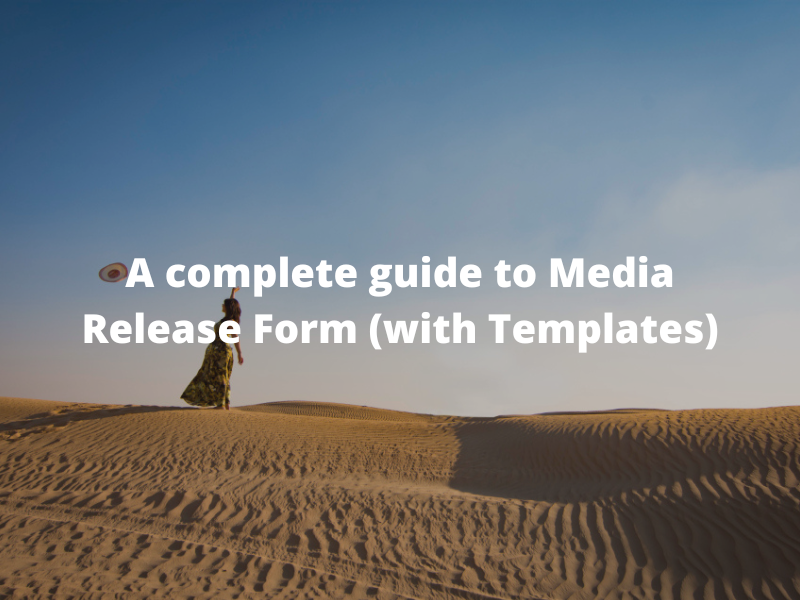
10 Jun 2022
6 min read

2 Jun 2022
6 min read
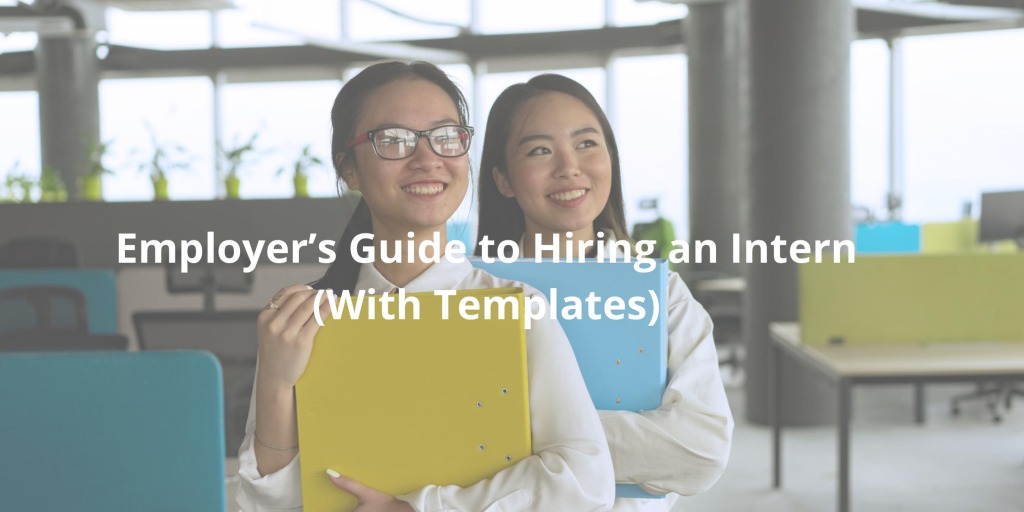
27 May 2022
6 min read

20 May 2022
6 min read

9 May 2022
6 min read
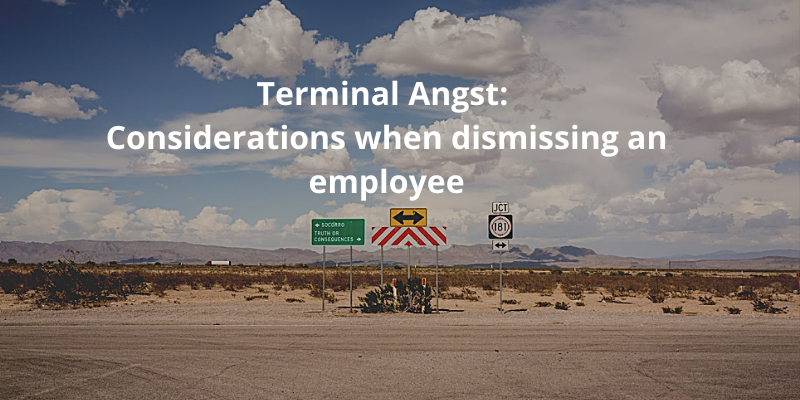
3 May 2022
3 min read

25 Apr 2022
5 min read

31 Mar 2022
1 min read

29 Mar 2022
1 min read

20 Mar 2022
6 min read

12 Mar 2022
5 min read
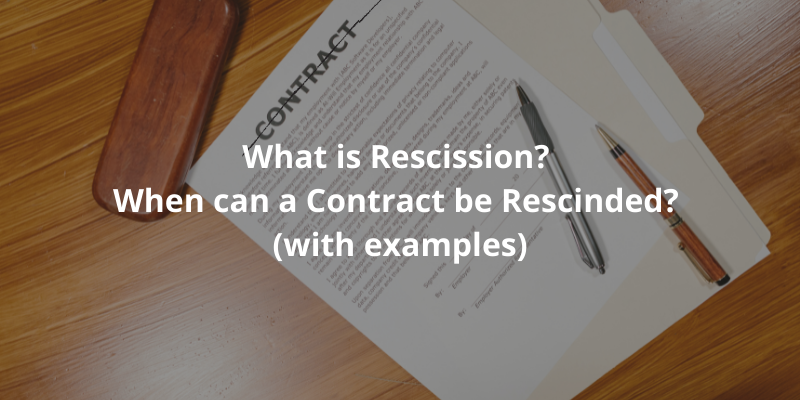
21 Feb 2022
5 min read

31 Jan 2022
5 min read

13 Jan 2022
4 min read

3 Jan 2022
5 min read

7 Dec 2021
11 min read
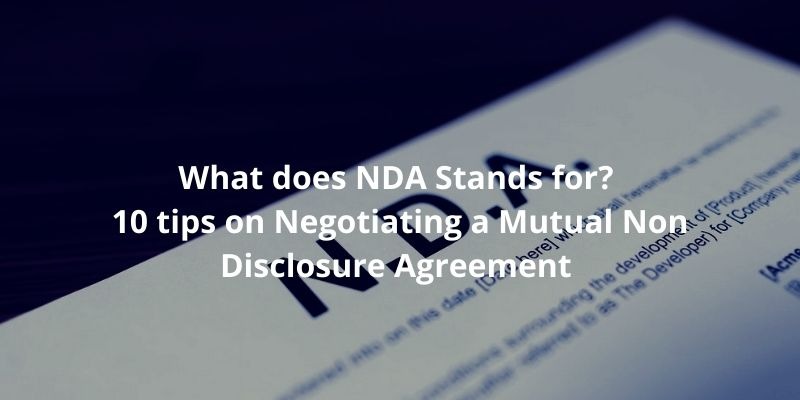
14 Nov 2021
6 min read

1 Nov 2021
9 min read

21 Oct 2021
1 min read

17 Oct 2021
7 min read
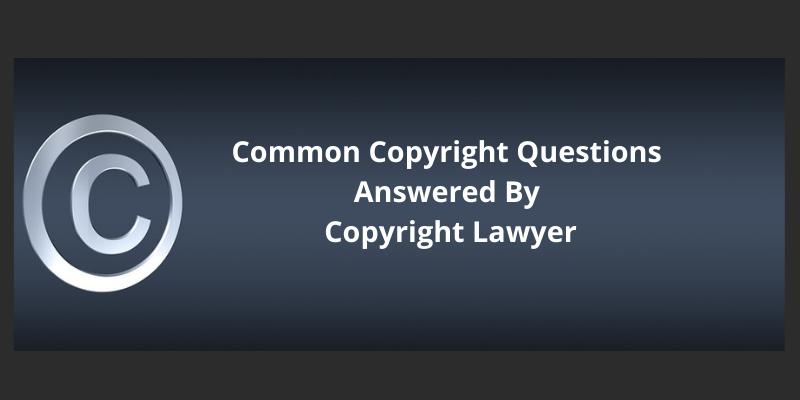
7 Oct 2021
12 min read

16 Sep 2021
4 min read
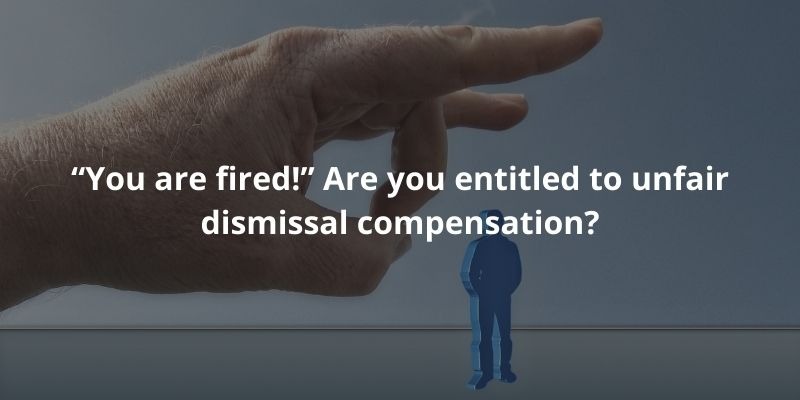
14 Sep 2021
5 min read
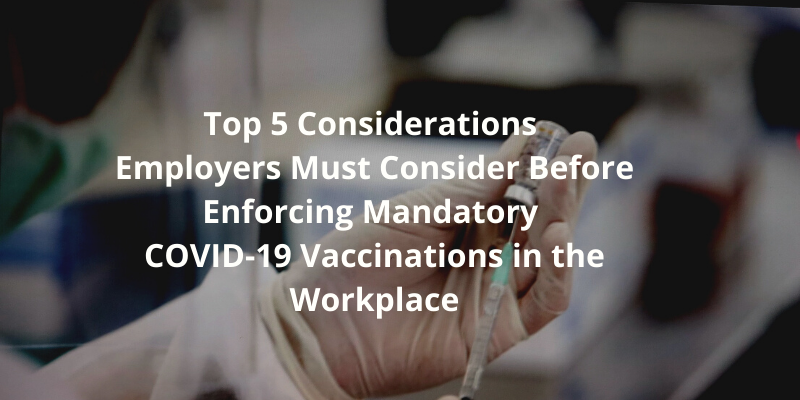
10 Sep 2021
3 min read

31 Aug 2021
4 min read
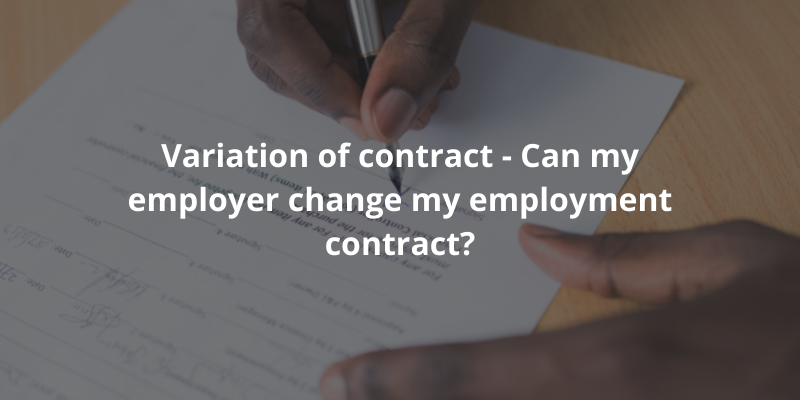
23 Aug 2021
3 min read
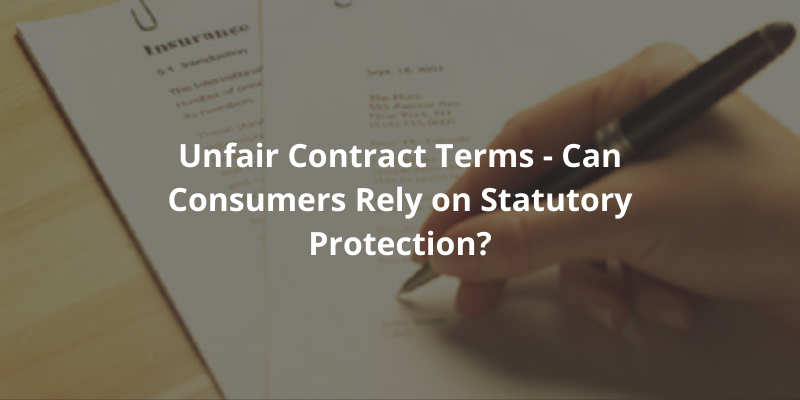
16 Aug 2021
5 min read

30 Jul 2021
6 min read
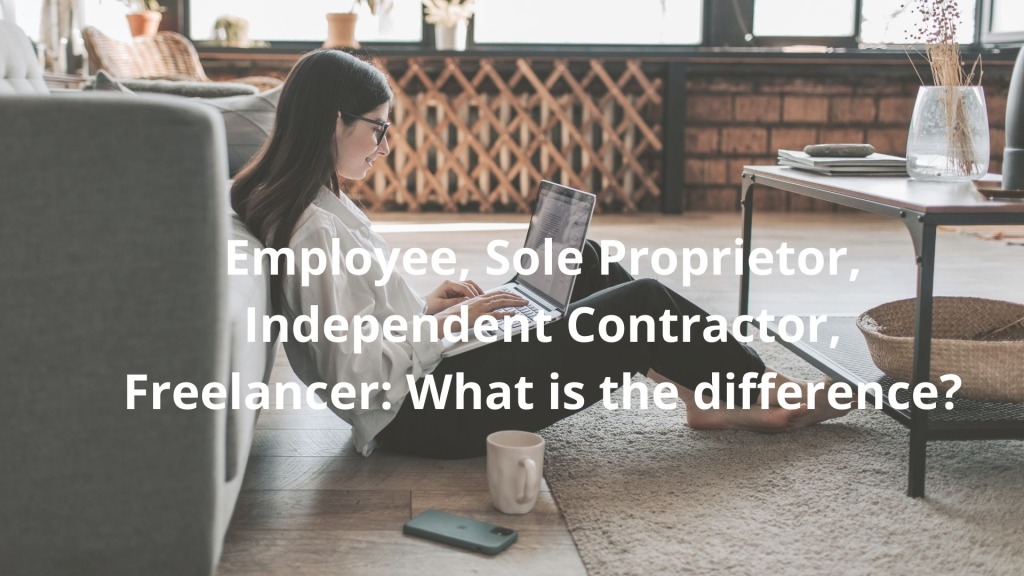
23 Jul 2021
7 min read

13 Jul 2021
5 min read

2 Jul 2021
5 min read

24 Jun 2021
5 min read

15 Jun 2021
4 min read

4 Jun 2021
6 min read

28 May 2021
5 min read

21 May 2021
5 min read

14 May 2021
5 min read

7 May 2021
5 min read

30 Apr 2021
5 min read

23 Apr 2021
5 min read

16 Apr 2021
5 min read
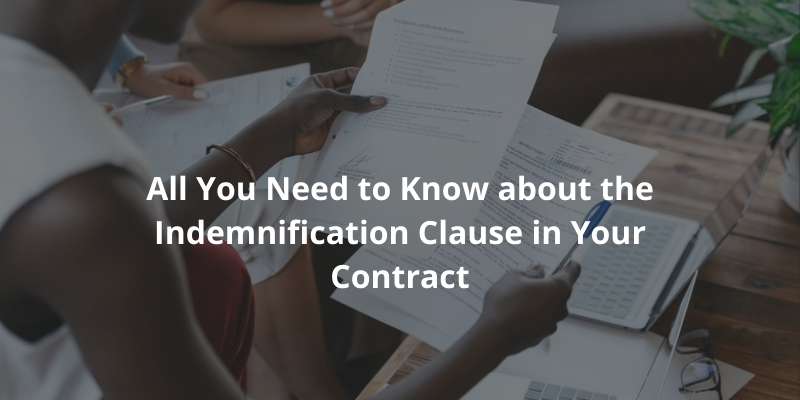
9 Apr 2021
5 min read

1 Apr 2021
5 min read

26 Mar 2021
4 min read

19 Mar 2021
5 min read

12 Mar 2021
5 min read

5 Mar 2021
6 min read

26 Feb 2021
5 min read

19 Feb 2021
6 min read

11 Feb 2021
5 min read

29 Jan 2021
6 min read
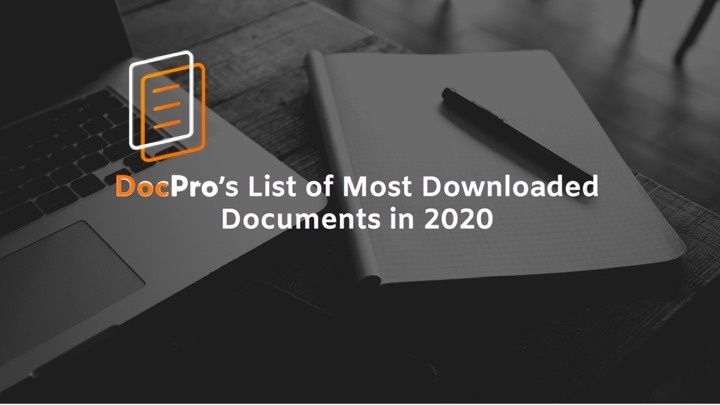
29 Jan 2021
3 min read

22 Jan 2021
6 min read

15 Jan 2021
6 min read

8 Jan 2021
6 min read

31 Dec 2020
6 min read

24 Dec 2020
0 min read

24 Dec 2020
7 min read

18 Dec 2020
6 min read

11 Dec 2020
6 min read

4 Dec 2020
6 min read

27 Nov 2020
6 min read

27 Nov 2020
7 min read

22 Nov 2020
7 min read
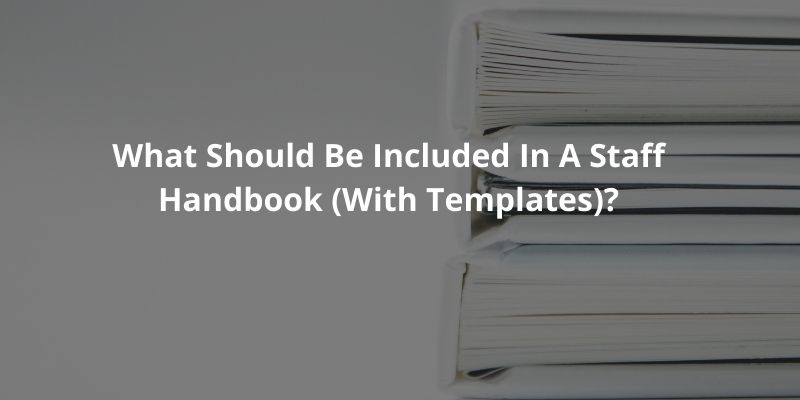
13 Nov 2020
8 min read
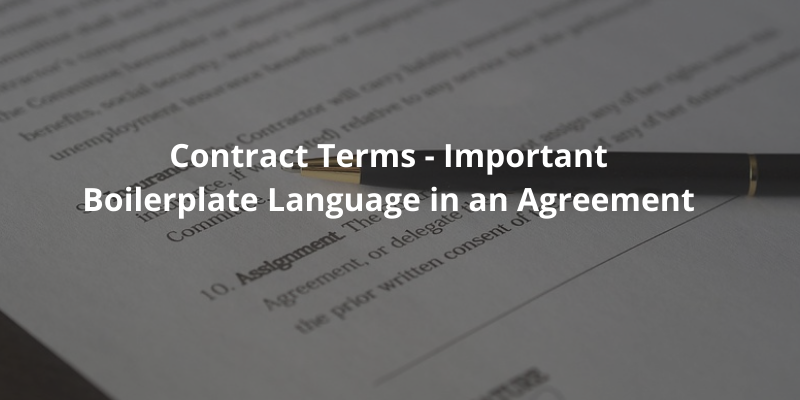
12 Nov 2020
8 min read
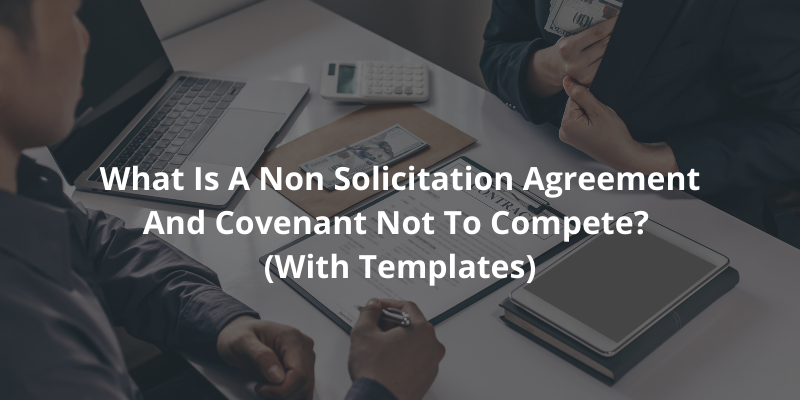
7 Nov 2020
8 min read
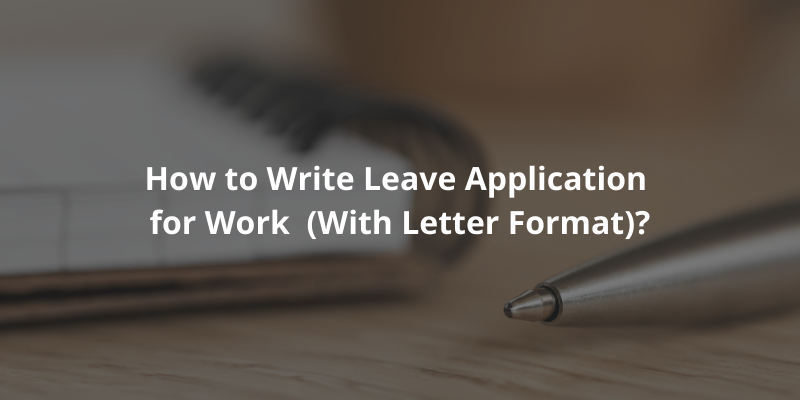
5 Nov 2020
6 min read
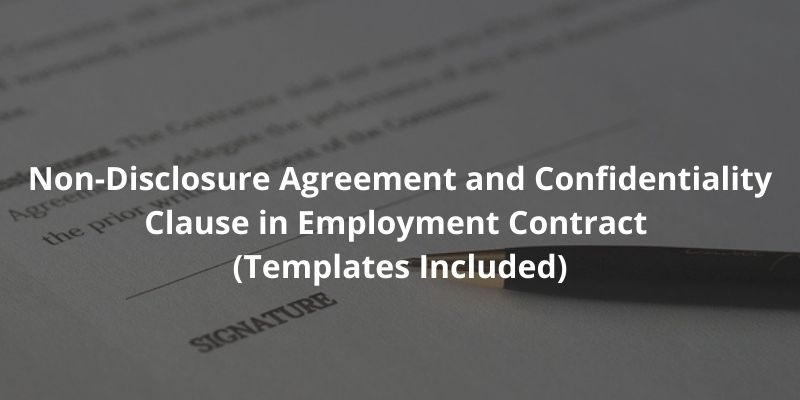
30 Oct 2020
7 min read
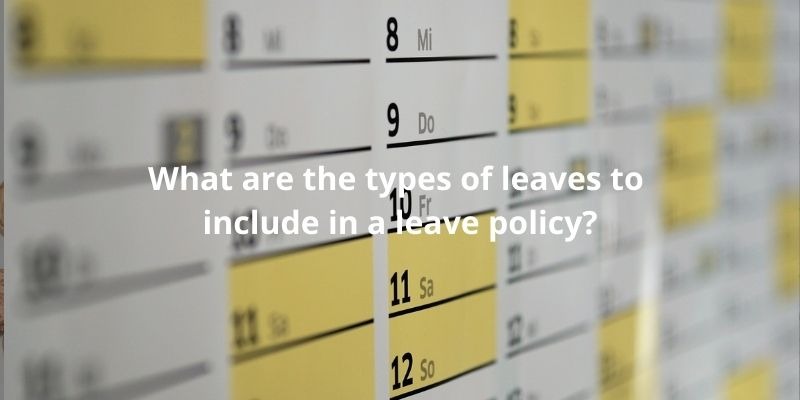
29 Oct 2020
8 min read

23 Oct 2020
7 min read

19 Oct 2020
8 min read
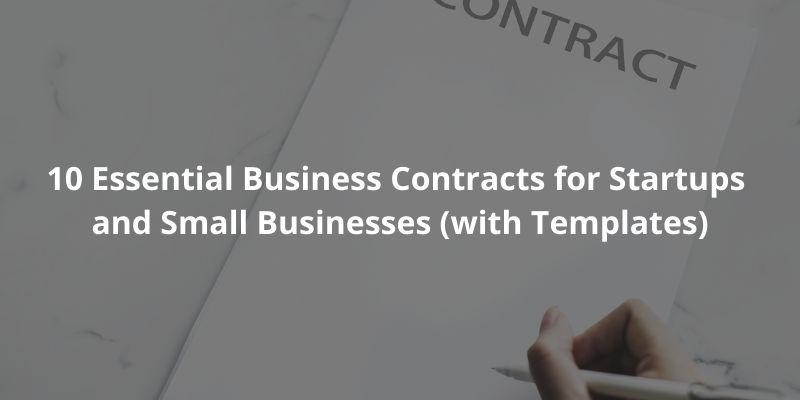
16 Oct 2020
10 min read

7 Oct 2020
9 min read

28 Sep 2020
8 min read

18 Sep 2020
7 min read

9 Sep 2020
7 min read

3 Sep 2020
7 min read

27 Aug 2020
8 min read

27 Aug 2020
9 min read

19 Aug 2020
8 min read

17 Aug 2020
8 min read

11 Aug 2020
8 min read

11 Aug 2020
8 min read
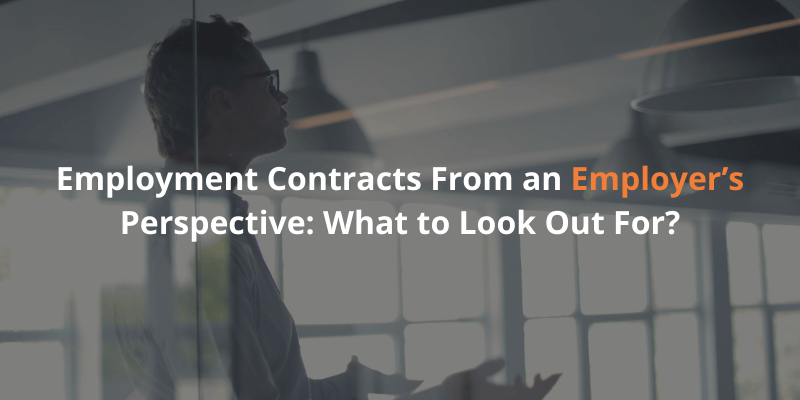
10 Aug 2020
11 min read

10 Aug 2020
9 min read

7 Aug 2020
9 min read

4 Aug 2020
9 min read

3 Aug 2020
10 min read

23 Jul 2020
8 min read

23 Jul 2020
8 min read

12 Jul 2020
8 min read
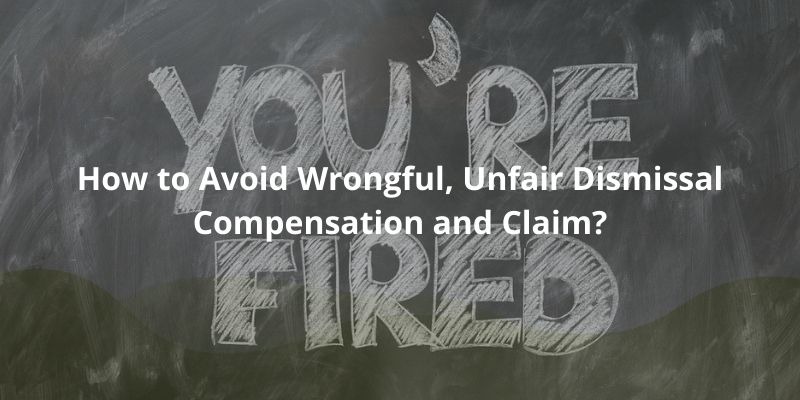
5 Jul 2020
7 min read

25 Jun 2020
7 min read

12 Jun 2020
9 min read

11 Jun 2020
9 min read

9 Jun 2020
9 min read

8 Jun 2020
8 min read

4 Jun 2020
5 min read

4 Jun 2020
8 min read
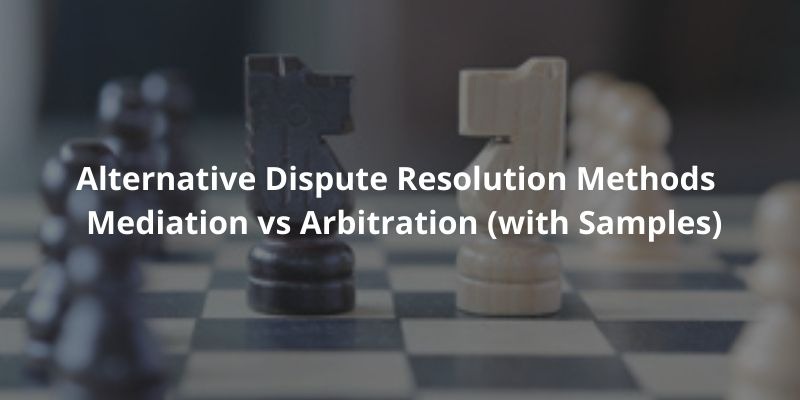
2 Jun 2020
10 min read

28 May 2020
13 min read

25 May 2020
8 min read

1 May 2020
10 min read

1 Apr 2020
6 min read

1 Mar 2020
11 min read
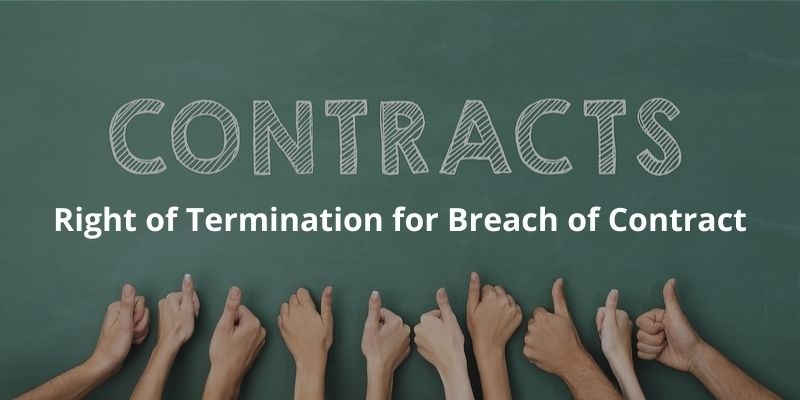
1 Feb 2020
11 min read

8 Jan 2020
9 min read

1 Jan 2020
1 min read

10 Dec 2019
7 min read

26 Nov 2019
8 min read

5 Nov 2019
5 min read

24 Oct 2019
3 min read

1 Oct 2019
1 min read

1 Oct 2019
1 min read